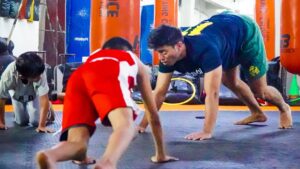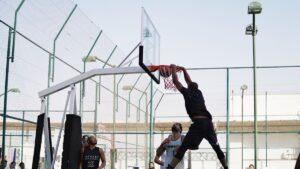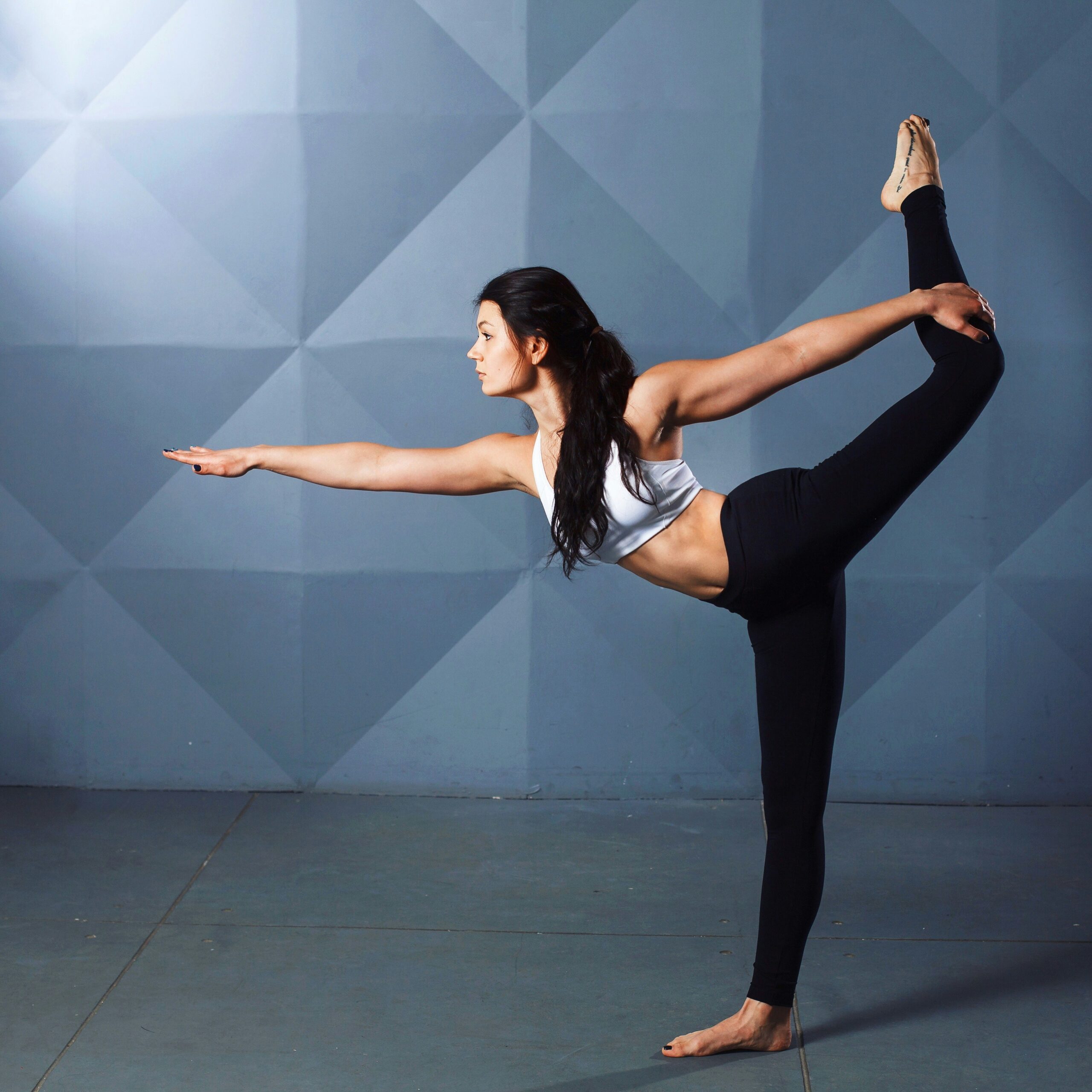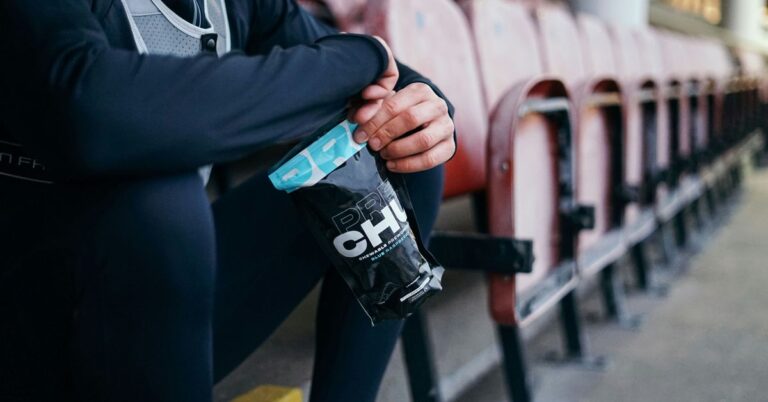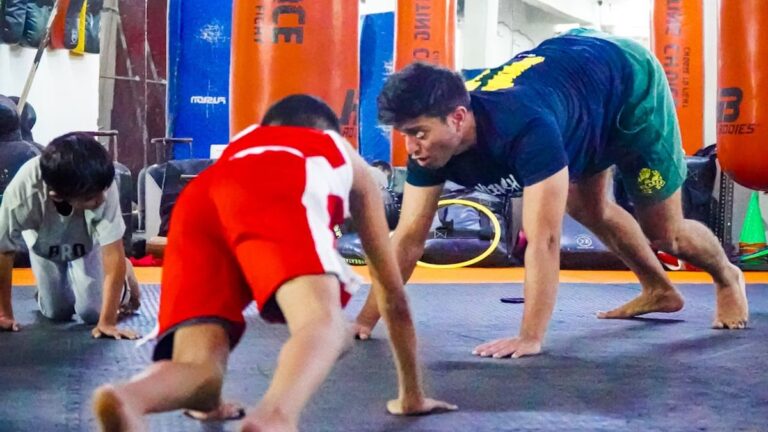Elevate Your Game with These Essential Fitness Tips for Every Athlete
Whether you’re an aspiring Olympian or a weekend warrior, the quest for improvement is universal in the world of sports. It’s a journey filled with sweat, determination, and yes, a few questionable post-game snacks (we’ve all been there!). The good news is that elevating your game doesn’t have to be a daunting task. With a mix of solid fitness strategies, nutrition insights, and mental toughness tips, you can unlock your full potential. Let’s dive into some essential fitness tips that can help every athlete, regardless of their sport or skill level.
Understanding Your Body: The Foundation of Athletic Performance
Before we jump into the specifics, it’s crucial to understand that your body is your greatest asset as an athlete. Knowing how it works can help you train smarter, not harder. I remember when I first started running—I thought I could just lace up my shoes and hit the pavement. Spoiler alert: my knees didn’t appreciate that.
Understanding your body involves knowing your strengths and weaknesses. Here are a few points to consider:
- Body Composition: Your ratio of fat to muscle can affect performance. A balanced composition can boost endurance and agility.
- Flexibility: This often-overlooked aspect can enhance your range of motion, preventing injuries and improving performance.
- Rest and Recovery: A well-rested body performs better. Sleep is not just for the lazy; it’s when your body does the heavy lifting of recovery.
In summary, listen to your body. It’s your best coach (even if it sometimes seems like a grumpy one). Don’t ignore those aches and pains; they’re usually trying to tell you something.
Fitness Regimens: Finding What Works for You
Every athlete is different, and so is every training regimen. What works wonders for a marathon runner may not suit a sprinter. The trick is to find a routine that complements your goals and keeps you engaged. Here are some common training approaches:
1. High-Intensity Interval Training (HIIT)
HIIT has taken the fitness world by storm—and for good reason. This method alternates between short bursts of intense exercise and rest. It’s efficient and can be tailored to any sport. For example, a soccer player might sprint for 30 seconds, then walk for 30 seconds, repeating this for 15-20 minutes. It’s a time-saver and a calorie-burner.
2. Strength Training
There’s a reason why many athletes hit the gym: strength training not only builds muscle but also increases bone density and improves endurance. The added bonus? It can help prevent injuries. Think compound movements like squats and deadlifts that engage multiple muscle groups.
3. Functional Training
This approach focuses on movements you’ll actually use in your sport. It’s not just about lifting heavy weights; it’s about mimicking the motions of your sport. For instance, a tennis player might perform exercises that replicate the twisting and lunging of a match. It’s about making your training relevant.
The Power of Nutrition: Fueling Your Body
Just like a car needs the right fuel to run smoothly, your body requires proper nutrition to perform at its best. When I started paying attention to what I ate, it was like flipping a switch. Suddenly, I had more energy, and my recovery time improved drastically.
Here’s a breakdown of essential nutrition tips:
1. Carbohydrates: Your Energy Source
Carbs are not the enemy, folks! They are essential for providing the energy you need, especially during high-intensity workouts. Focus on complex carbs like whole grains, fruits, and vegetables. Your body will thank you.
2. Protein: The Building Block
Protein is vital for muscle repair and growth. It’s important to consume adequate protein after workouts. Think lean meats, dairy, beans, and legumes. I often joke that my fridge looks like a protein bar exploded, but hey, it works!
3. Hydration: Don’t Underestimate It
Water is your best friend. Dehydration can lead to fatigue, decreased performance, and even injury. Make it a habit to drink water regularly throughout the day, not just during workouts. Some studies suggest that even mild dehydration can affect cognitive function—so you might want to sip on that water bottle when you’re brainstorming your next workout plan.
Mental Toughness: The Unsung Hero of Athletic Performance
As important as physical training is, mental toughness can often be the deciding factor in an athlete’s success. I recall the first time I faced a major competition; it was as much a battle of nerves as it was of skill. The mind can be a tricky thing, but strengthening it is just as crucial as strengthening your body.
Here are some strategies to build mental resilience:
1. Visualization Techniques
Picture yourself succeeding. Visualization is a powerful tool used by many elite athletes. Spend a few minutes a day imagining your performance—how you’ll move, how you’ll feel, and the joy of crossing that finish line or scoring that goal.
2. Mindfulness and Relaxation
Techniques like meditation and deep breathing can help calm nerves and improve focus. It’s all about finding your center and staying present. There’s a reason many athletes swear by yoga—it combines physical fitness with mental clarity.
3. Setting Realistic Goals
Aim high, but keep your feet on the ground. Setting realistic, achievable goals can help maintain motivation and boost your confidence. Start small, and as you tick off those accomplishments, gradually increase the challenge. It’s like leveling up in a video game—each small victory prepares you for the next big boss.
Incorporating Recovery: The Overlooked Component
Recovery is where the magic happens. I’ve often fallen into the trap of thinking that more training equals more gains. But let me tell you, overtraining is a real thing, and it can lead to burnout and injuries. It’s all about finding that sweet spot.
Here are some effective recovery strategies:
1. Active Recovery
Instead of complete rest, engage in low-intensity activities like walking, swimming, or cycling. This can help reduce muscle soreness and speed up recovery.
2. Stretching and Mobility Work
Incorporate stretching into your routine to enhance flexibility and reduce injury risk. Dynamic stretching before workouts and static stretching afterward can work wonders.
3. Sleep: The Ultimate Recovery Tool
Never underestimate the power of a good night’s sleep. Aim for 7-9 hours, depending on your training intensity. Sleep is when your body repairs itself. So, if you’ve been burning the midnight oil, consider swapping that late-night Netflix binge for some quality Zs. Your muscles will thank you!
Cross-Training: Diversify Your Skills
If you’re solely focused on one sport, you might be missing out on valuable benefits from others. Cross-training involves engaging in different sports or activities to improve overall performance and reduce the risk of injury. It’s like adding new tools to your toolbox. For instance, a runner might benefit from cycling or swimming to build endurance without the impact on their joints.
Here are some advantages of cross-training:
- Prevention of Burnout: Doing the same thing repeatedly can lead to mental fatigue. Mixing it up keeps training fresh and exciting.
- Improved Overall Fitness: Different sports can develop various muscle groups and skills. A swimmer might develop upper body strength that could be beneficial for their running posture.
- Injury Prevention: Engaging in low-impact activities can give your primary sport a break while still keeping you in shape.
Community and Support: The Power of Teamwork
Finally, let’s not forget the importance of community. As much as sports can be an individual pursuit, having a support system can significantly elevate your performance. I can’t count how many times my teammates have pushed me to go further than I thought possible.
Here are some ways to strengthen your athletic community:
1. Join a Team or Club
Being part of a team can provide motivation, accountability, and camaraderie. Plus, it’s a great way to make friends who share your passion.
2. Find a Training Buddy
Training with someone else can make workouts more enjoyable. Plus, it’s harder to skip a session when someone else is counting on you!
3. Attend Workshops and Clinics
Learning from experts and other athletes can provide new insights and techniques that you might not have considered. It’s a chance to grow and develop as an athlete.
Conclusion: Your Journey Awaits
In the world of sports, the path to success is rarely a straight line. There are twists, turns, and plenty of bumps along the way. But with the right tools and strategies in your arsenal, you can elevate your game and reach new heights. From understanding your body to incorporating recovery and building a supportive community, every element plays a crucial role in your overall performance.
So, lace up those shoes, grab that water bottle, and get ready to embrace the journey ahead. Remember, every athlete was once a beginner, and every step you take is a step closer to greatness. Now go out there and make it happen!

